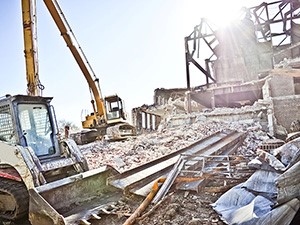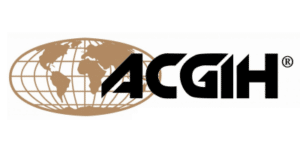California COVID-19 Prevention Requirements Pose Challenges for Construction Industry
A California law that enhances the enforcement of COVID-19 infection prevention requirements could present challenges for the construction industry. California's Assembly Bill 685, signed by Gov. Gavin Newsom in September 2020, requires employers to notify workers of potential exposures to COVID-19 and provides regulators with enhanced authority to impose penalties…
Read More
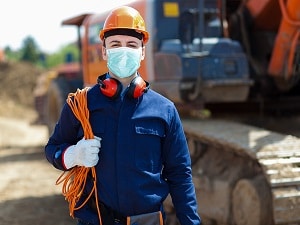
The Dangers of Hydrogen Sulfide, AKA “Sewer Gas”
Hydrogen sulfide – also known as “sewer gas” – is a flammable, colorless sulfuric gas smelling of rotten eggs that, at high concentrations, is extremely hazardous to health and safety. Managing indoor concentrations of hydrogen sulfide gas is critical to ensuring the health of building occupants and proper indoor air…
Read More
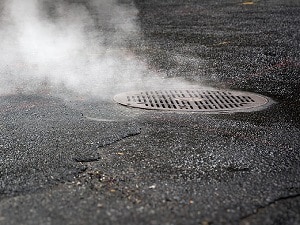
Breathe Easy with an Indoor Air Quality Management Plan
An Indoor Air Quality (IAQ) Management plan monitors and maintains the safety of a building’s interior ambient air environment, mitigating risks of mold, moisture, aerosolized chemicals, airborne dust, nuisance odors and more for ongoing assurance of clean air. IAQ management programs offer practical and cost-effective solutions to complicated indoor environmental…
Read More

Effective Hazard Communications with Omega Safety Data Sheets
Safety Data Sheets aren’t just convenient, they’re required by law and provide critical information on potentially hazardous materials found in products. Mandated by the Occupational Safety and Health Administration (OSHA), a Safety Data Sheet (SDS) is a technical document that provides detailed information on the potential chemical hazards within…
Read More
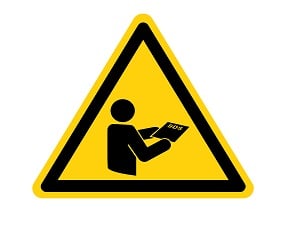
The Hazardous Building Materials Survey: What You Don’t Know Can Hurt You
The discovery of hazardous materials on a site slated for renovation or demolition – while not exactly a welcome event – can be a well-timed event preventing the risk of exposure to future building occupants and heading off the need for costly remediation of problems discovered too late for an…
Read More
